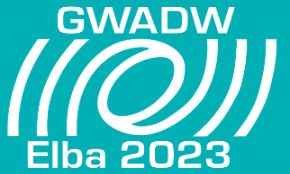Speaker
Description
We demonstrate a novel bipolar Passive Charge Management (PCM) technique using slow photoelectrons generated by a single UV-LED of either 275nm or 295nm, directed at gold-coated floating Test Masses (TM). Slow photoelectrons are defined as having kinetic energies <eV(TM)max, where V(TM)max is the maximum allowable potential for the TM. The slow-photoelectron system requires ≅5minutes to converge to zero TM potential from 100mV, with a drift rate of ≅2.0mV/day. For reference, V(TM)max≅80mV for LISA and LISA Pathfinder.
We also validated the dual source PCM method using 255nm UV LEDs, with intensity adjusted through fine-tuning of their excitation currents, and illuminating the TM and its housing. Following an exposure of <30 sec to UV, this PCM system converges from 1V to zero TM potential with a drift rate of ≅1.5mV/day.
PCM systems depend critically on the stability and reproducibility of the photoemission properties. Results for flight and ground data for 255±1nm UV-LEDs confirm that the equilibrium potential of the TM is independent of the UV intensity, reproduceable to ±6mV (±6fC/pF) for six months, and strongly dependent on the geometry of the system.
For instruments with electric fields surrounding the TM and more complex geometries additional adaptations will be required.

